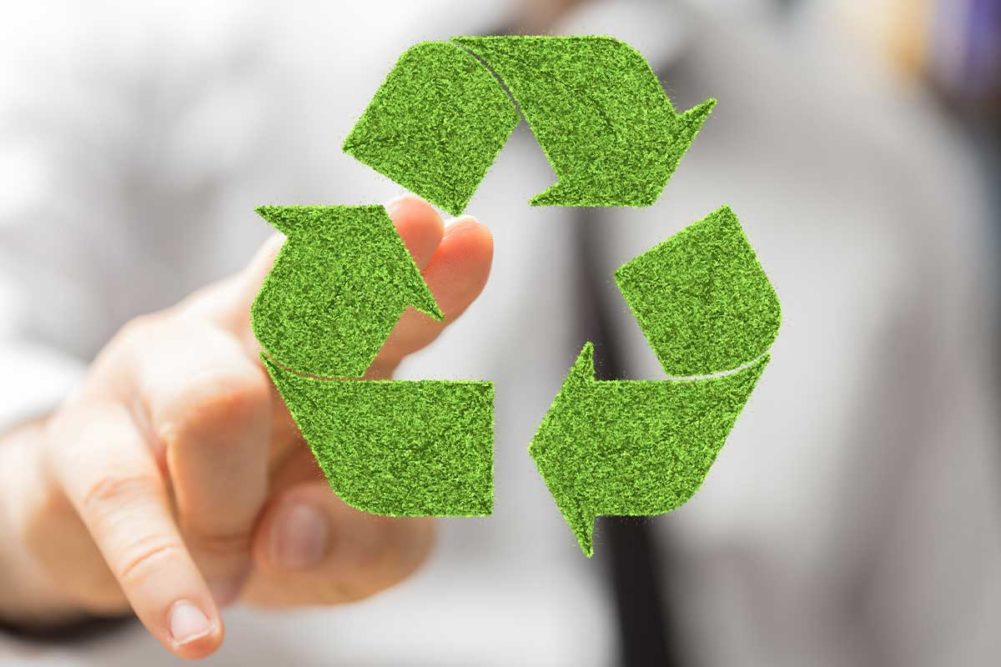LAS VEGAS — More consumers today are seeking brands that engage in sustainable business practices, and the use of sustainable packaging is an effective way for baked good and snack makers to do so. However, finding the right environmentally friendly package for a product, and one that resonates with consumers, can be difficult.
During Pack Expo 2023, held in Las Vegas Sept. 11-13, Mikey Pasciuto, co-founder of recycling management app Scrapp, shared how companies can choose sustainable packaging that engages consumers and is truly sustainable throughout the supply chain.
For a package to be sustainable, Mr. Pasciuto said, it must fulfill multiple supply chain needs. He used corrugated boxes as an example.
“Just because it’s corrugated and made from trees that can be regrown doesn’t mean it’s sustainable,” he emphasized. “You have to look across the board at the supply chain. Are people paid a fair wage? Is it sourced ethically and responsibly? Are you replanting the trees or preventing the cutting down of the forest?”
A sustainable package should protect the product and extend shelf life while also providing an identifiable brand, Mr. Pasciuto said.
“You really want to take a strong look at how you can leverage what you’re already using to hit the shelf to actually gain marketing collateral. If you can advertise for free on your package or low cost based on transitioning to a new material, that’s valuable retail space on the shelf if you maximize it,” he explained.
The packaging must also ship safely, efficiently and on time with a useful end market.
“If nobody wants your packaging after you’re done with it, you might not have chosen the best material,” he said. “It’s not sustainable and can’t create that circular loop of bringing materials back to the beginning without having that useful end market. Someone needs to want it and want to pay for it.”
A Scrapp survey of more than 1,000 people across the United States and United Kingdom found that consumers prioritize transparency when it comes to packaging. They want to know the packaging’s story and what they can do with it. Mr. Pasciuto observed brands should do more than just say a package is recyclable and get specific on how it can be reused.
At the same time, brands must balance simplicity and complexity with their messaging, accounting for what the average consumer understands.
“Nine out of 10 people don’t know what the circular economy is,” he said. “Be straight and direct, but not overly buzzwordy.”
Convenience and quality are critical too, Mr. Pasciuto said. Consumers want a sustainable package that feels high quality while also being easily disposable.
He shared examples of successful sustainable packaging, including Amazon’s mailers, which say “Recycle this bag like a box,” offering clear label and a message consumers easily understand. Glass bottle reuse programs also offer clear endpoints and a product people engage with.
Sustainability’s importance will only grow across the baking and snack categories, and producers can capitalize with packaging that appeals to environmentally conscious consumers and boosts sustainability throughout the supply chain.






